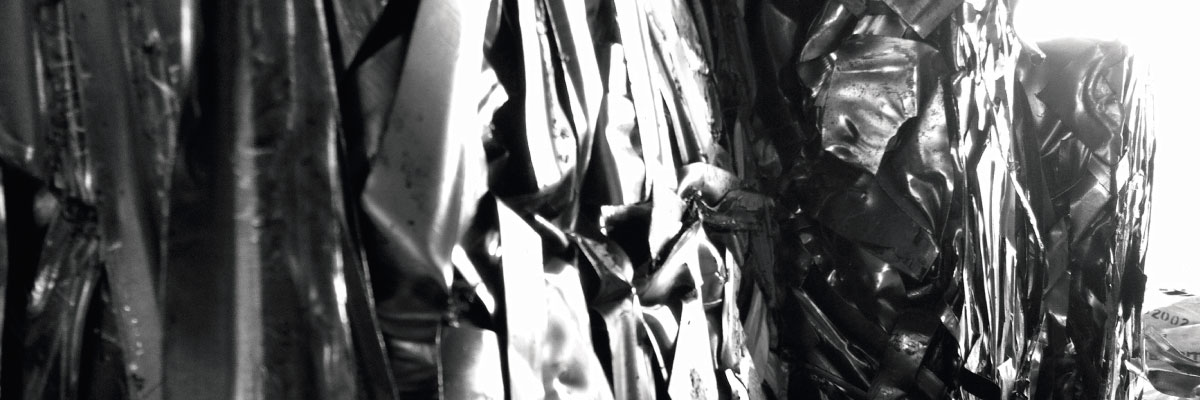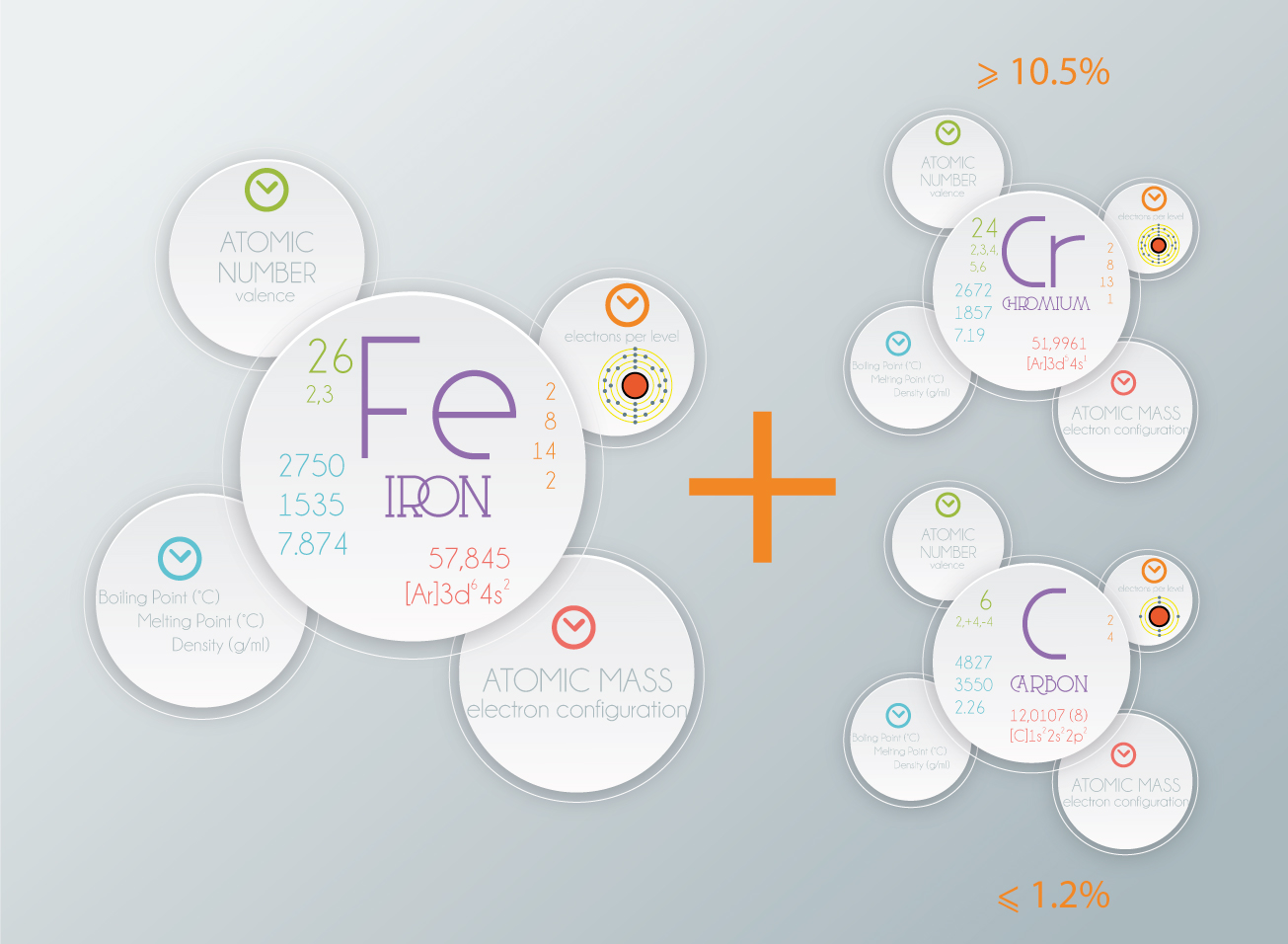Stainless Steel
General Characteristics
Stainless steel is a low carbon steel, also known as inox steel, is a steel alloy with a minimum of 10.5% chromium content by mass.
Stainless steel is not a single material but the name for a family of corrosion resistant steels. Like many scientific discoveries the origins of stainless steel lies in a serendipitous accident. In 1913 Sheffield, England, Harry Brearley was investigating the development of new steel alloys for use in gun barrels. He noticed that some of his samples didn’t rust and were difficult to etch. These alloys contained around 13% chromium.
The Chromium in the alloy forms a self-healing protective clear oxide layer. This oxide layer gives stainless steels their corrosion resistance. The self healing nature of the oxide layer means the corrosion resistance remains intact regardless of fabrication methods. Even if the material surface is cut or damaged, it will self heal and corrosion resistance will be maintained.
Cryogenic resistance is measured by the ductility or toughness at sub zero temperatures. At cryogenic temperatures the tensile strengths of austenitic stainless steels are substantially higher than at ambient temperatures. They also maintain excellent toughness.
Work hardenable grades of stainless steel have the advantage that significant increases to the strength of the metal can be achieved simply through cold working. A combination of cold working and annealing stages can be employed to give the fabricated component a specific strength.
Ductility tends to be given by the % elongation during a tensile test. The elongation for austenitic stainless steels is quite high. High ductility and high work hardening rates allows austenitic stainless steels to be formed using severe processes such as deep drawing. When compared with mild steels, stainless steels tend to have higher tensile strength. The duplex stainless steels have higher tensile strengths than austenitic steels.
Although the corrosion resistance of stainless comes from the presence of Chromium, other elements are added to enhance other properties. These elements alter the microstructure of the steel. Stainless steels are grouped into families based on their metallurgical microstructure. The microstructure may be composed of the stable phases austenite or ferrite, a “duplex” mix of these two, martensite or a hardened structure containing precipitated micro-constituents.




